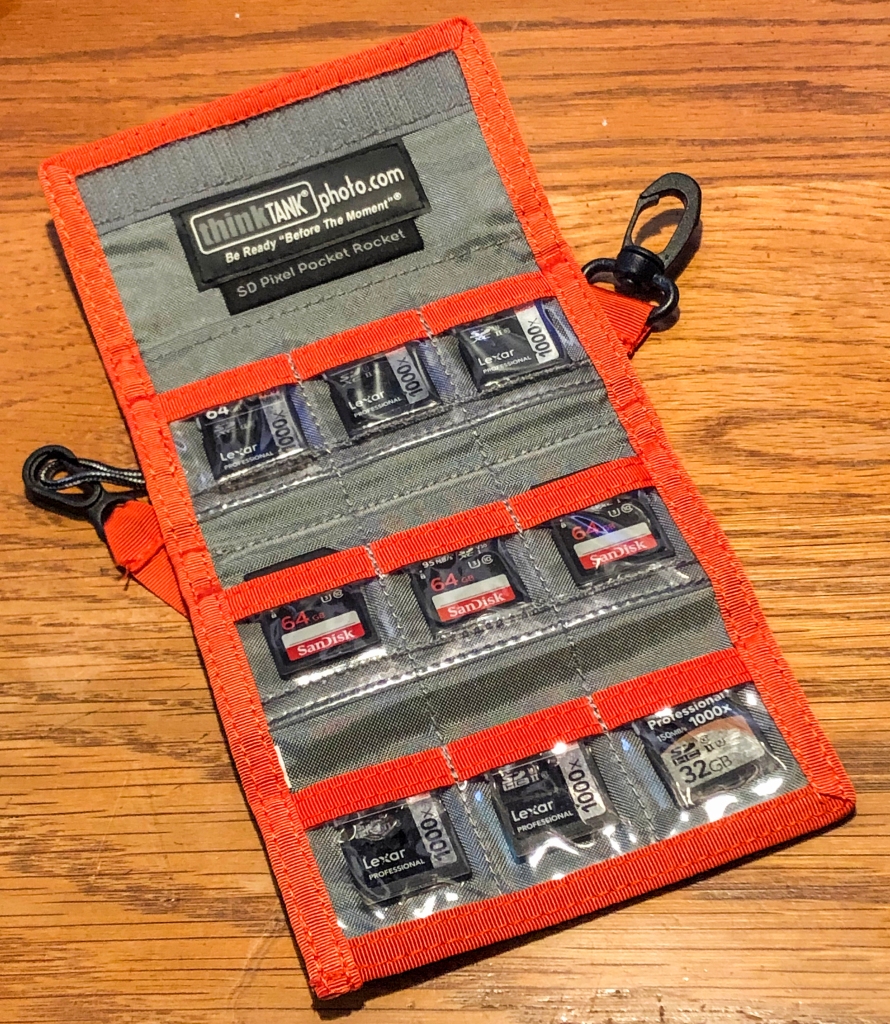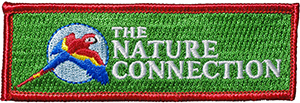Memory card failure may be costly!

Lexar SDXC memory card broken into three bits. 64 GB of images could be lost forever.
People say that memory cards are known to be tough and take a beating.
This is not altogether true.
What is true is that memory cards have survived a cycle in the washing machine, being run over by a car, and delivered images after surviving a flooding. These stories are accidents to be certain, but not the norm.
Face it. Memory cards fail. They fail for numerous reasons. The internal flash memory chip is corrupted or damaged, the contacts break off, the locking tab is broken off or missing, and a variety of other reasons.
Fact is that your images on a memory card may be valuable, if not replaceable.
Memory cards may be the weakest link in an expensive photographic chain. You spend thousands of dollars on a camera body, the same for lenses, additional money for accessory equipment, yet a few dollars for a memory card. This does not include cash for travel, lodging, guides and other potential expense.
Therefore, it makes perfect sense to buy quality cards, keep track of them and protect them. Especially if all your images are on them. And, don’t just put them in a pocket or purse.

A specially designed case for memory cards by Think Tank Photo. All cards are visible, enabling counting and knowing which are missing and/or ready to shoot. (Turn over cards that are full).
Keep them in a specially designed case or wallet. Number them. Know which ones are full and which ones are ready to shoot. The images on your cards are the result of a lot of planning, travel, and expense. Treat them as the most expensive part of your trip or outing. you will be glad you did.
The card above was six years old. It had been used countless times in numerous cameras by countless students. It was not abused, per se, but fell apart due to fatigue. The images for a student’s final project had to be photographed again. And successfully, I might add.
Copyright © 2023 Brian Loflin. All rights reserved.



























